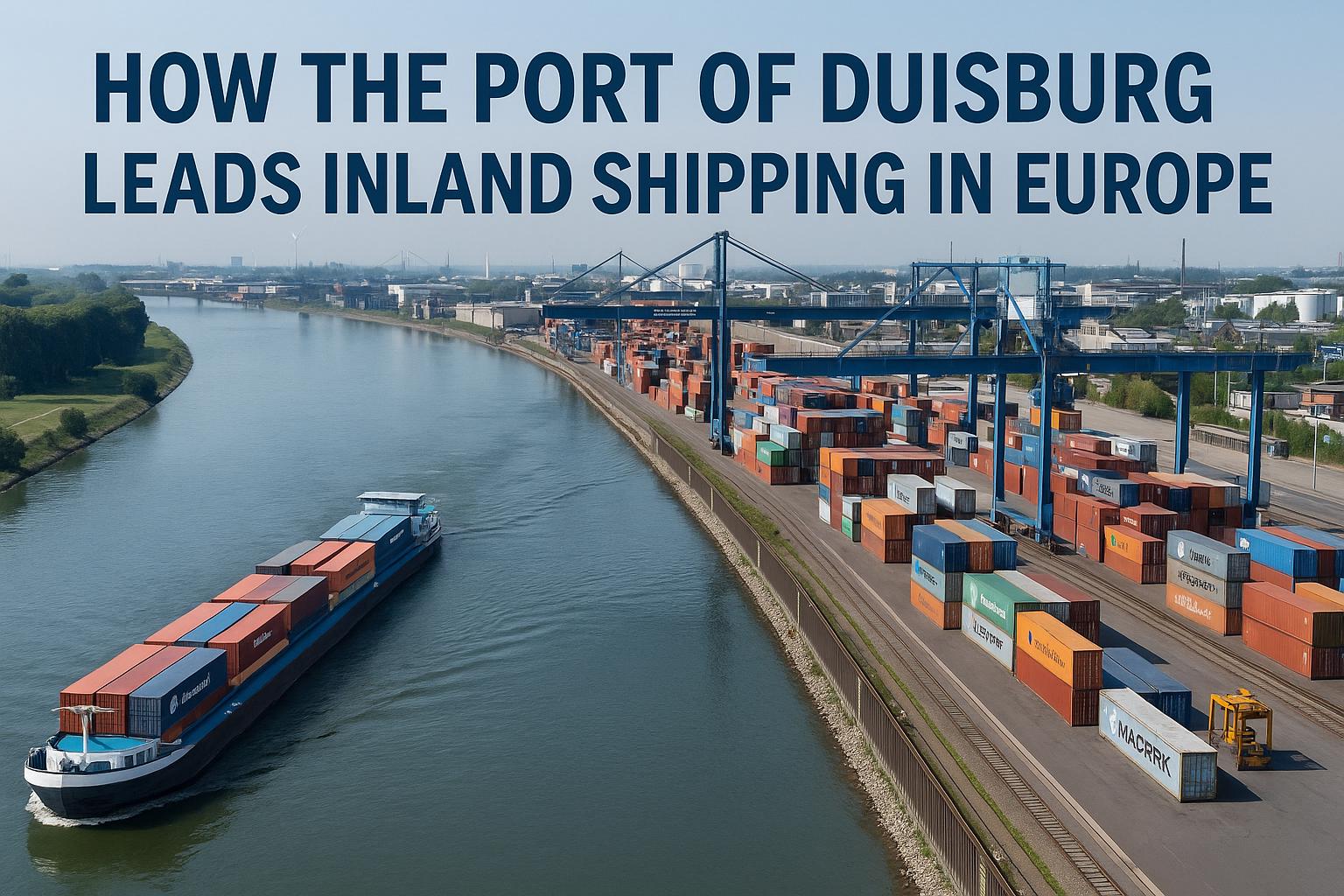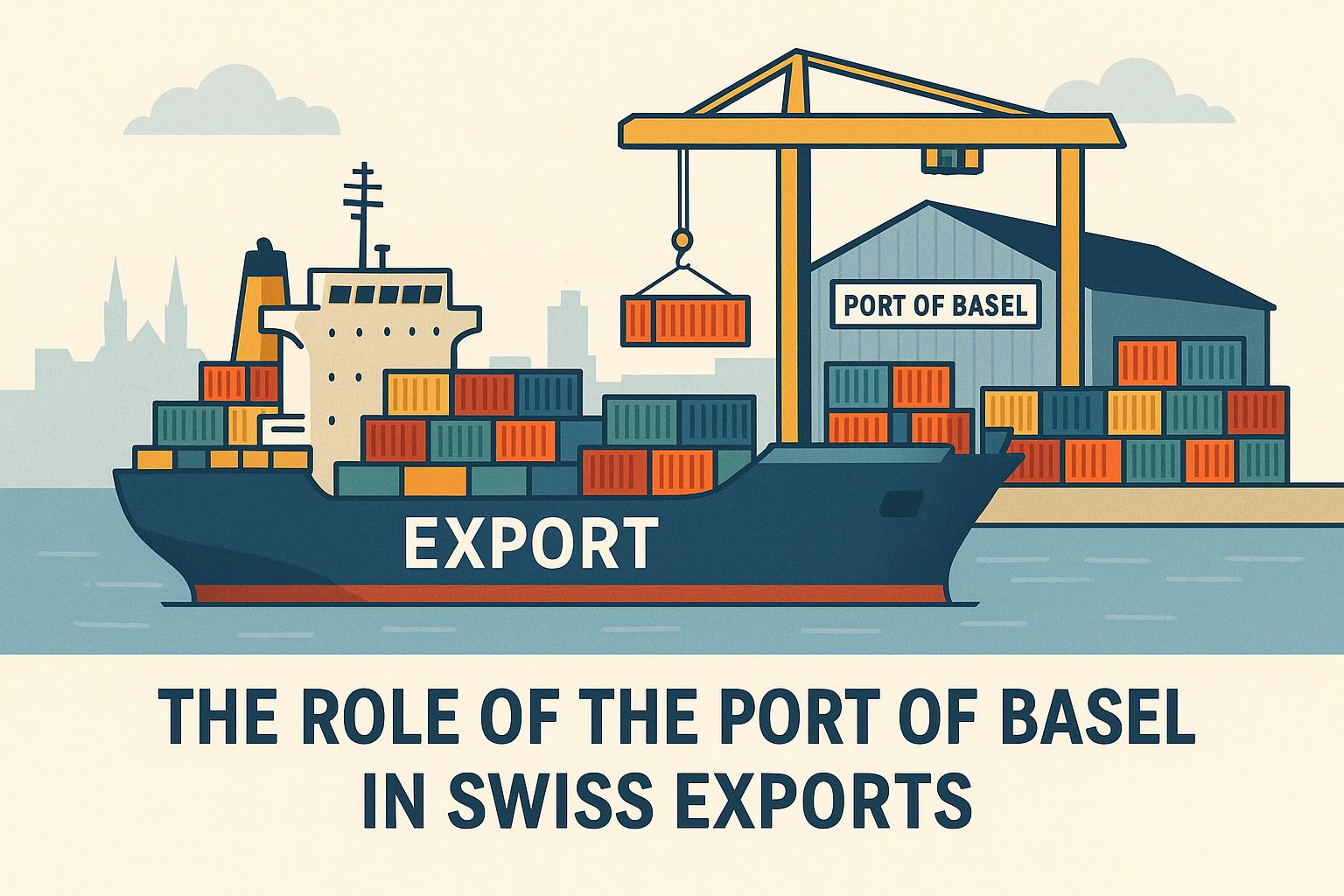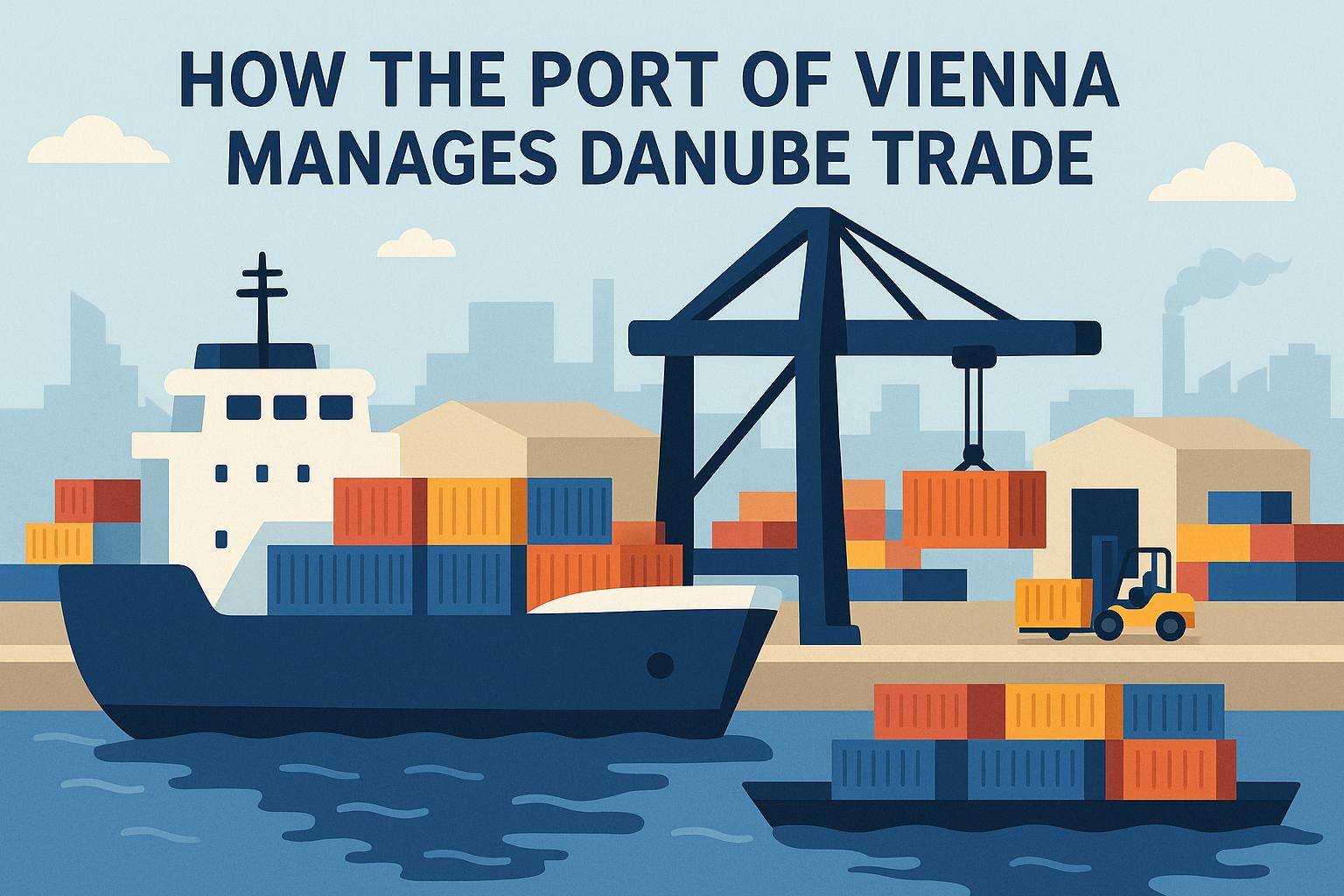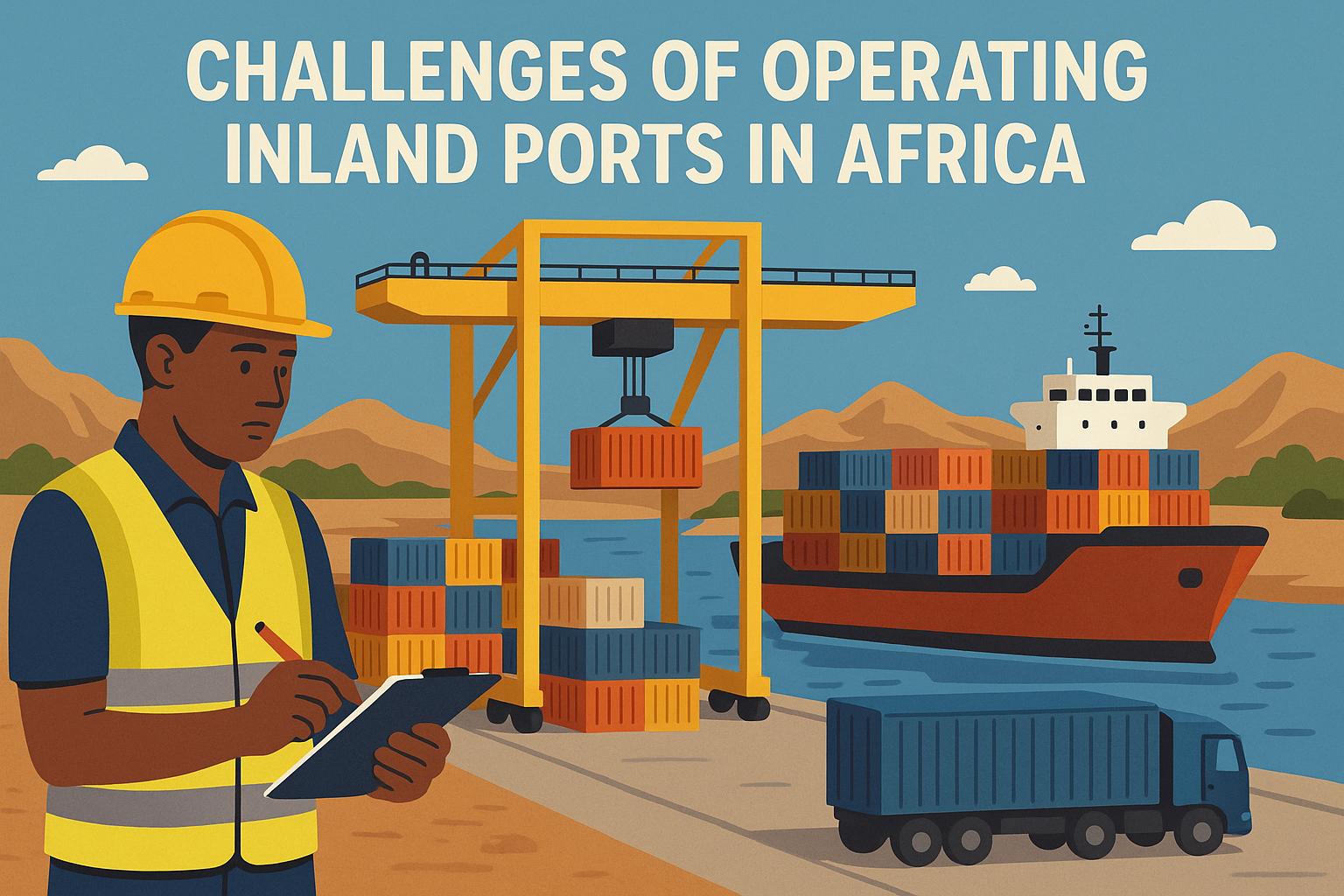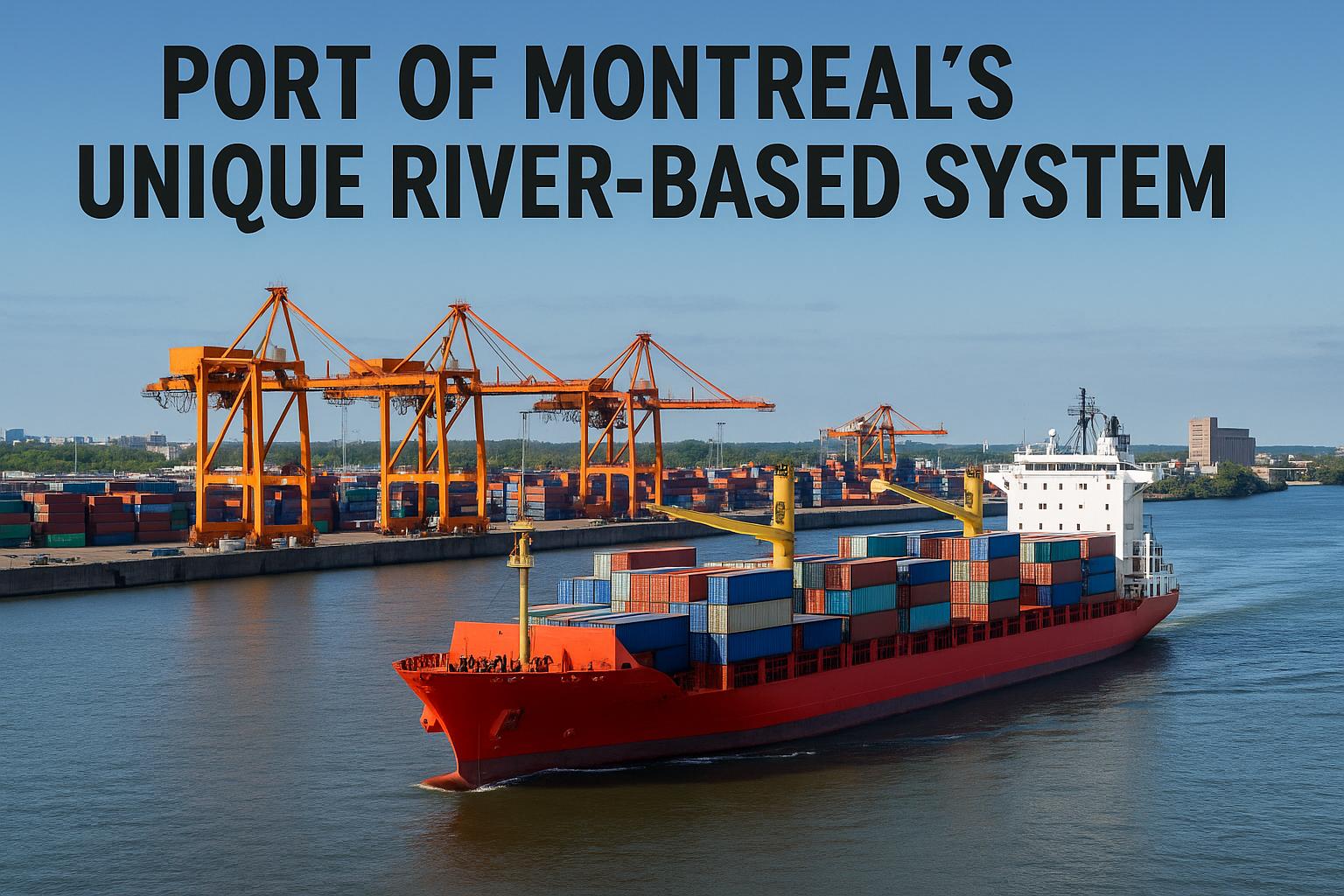The Significance of the Port of Duisburg
The Port of Duisburg, also known as Duisport, serves as a vital node in the intricate network of inland shipping and logistics throughout Europe. As one of the most significant landlocked ports on the continent, its strategic location in the Ruhr region of Germany places it at a crossroads of some of the most crucial European trade routes. Its position along the Rhine River, one of Europe’s longest and most navigable waterways, further enhances its strategic importance.
Key Features of the Port
The prominence of Duisport in the European logistics landscape can be attributed to several factors, which underpin its operational efficiency and high throughput capabilities. Stretching over an expansive area of more than 1,500 hectares, the port represents a dynamic interface that harmonizes water, rail, and road transport systems. This intricate multi-modal infrastructure not only maximizes the port’s cargo-handling capacity but also ensures seamless logistics operations. The port is adept at managing a diverse range of cargo, including containerized goods, bulk commodities such as coal, chemicals, and steel, further emphasizing its versatile handling capabilities.
Connectivity and Integration
At the heart of the Port of Duisburg’s operational prowess is its remarkable connectivity. It boasts direct links to over 100 international destinations, a testament to its integration into both European and global transport networks. This vast connectivity empowers Duisport to function as a pivotal conduit for the distribution of goods manufactured in Germany to global markets. Its strategic network capabilities facilitate the rapid and efficient transfer of goods, underpinning the economic framework of the region and beyond.
Economic Impact
The economic role of the Port of Duisburg extends far beyond its immediate logistical function. The port is instrumental in sustaining a substantial portion of the local economy, directly and indirectly supporting around 50,000 jobs within its regional vicinity. Its influence acts as a catalyst for industrial and economic growth in the Ruhr area, drawing significant investment into the logistics and transportation sectors. This economic vitality further buttresses the region’s position as a national and international economic powerhouse.
Sustainability Initiatives
Duisport is not just a hub of economic activity; it is also a leader in the move towards sustainable and environmentally responsible logistics practices. The port authorities have been proactive in implementing sustainability initiatives aimed at minimizing the environmental impact associated with port operations. These initiatives include the promotion of eco-friendly transport options and the optimization of energy usage. Innovation is also a strong focus, with ongoing efforts to develop digital logistics solutions designed to enhance operational efficiency and simultaneously reduce carbon emissions.
Historical Evolution of Duisport
The historical development of the Port of Duisburg provides an insightful perspective on its evolution into a modern logistics powerhouse. Initially an industrial area burgeoning due to its proximity to coal and steel industries, the port has undergone significant transformations. Through decades of strategic planning and investment, it has shifted from a predominantly industrial port to a sophisticated, multi-modal logistics hub capable of catering to the global economy’s growing demands. This evolution highlights not only the port’s adaptability but also its foresight in forecasting and responding to shifts in global trade patterns.
Technological Advancements
A commitment to leveraging technological advancements underscores Duisport’s modern operations. The port continuously invests in infrastructure improvements and technological innovations to stay ahead in the competitive logistics industry. Automation, digitization, and intelligent transport solutions integrate seamlessly into the port’s operations, enhancing service delivery and optimizing logistics processes. These advancements allow the port to handle increasing cargo volumes efficiently while mitigating potential bottlenecks in the supply chain.
Challenges and Opportunities
Like any major logistics hub, Duisport faces its own set of challenges. The growing demands of global trade necessitate continuous capacity expansion and infrastructure enhancement. Environmental regulations require ongoing adaptation of facilities to achieve sustainability goals. Additionally, shifting economic dynamics and geopolitical factors may influence trade flows and port operations. However, these challenges also present opportunities. The port’s strategic location and comprehensive infrastructure position it well to capitalize on new trade routes and emerging markets, while its commitment to sustainability and innovation ensures ongoing competitive advantage.
Community Engagement and Corporate Responsibility
Duisport’s role extends beyond economic contributions; it plays an active part in the local community and demonstrates a commitment to corporate responsibility. The port is involved in community development initiatives and promotes workforce education and training programs, fostering local talent and supporting regional development. Duisport’s corporate responsibility efforts underscore its broader impact on society, complementing its economic and environmental endeavors.
Conclusion
In conclusion, the Port of Duisburg is a cornerstone of inland shipping in Europe, characterized by its strategic location, extensive connectivity, and significant economic contributions. Its historical evolution, technological advancements, and sustainability initiatives underline its status as a leader in the logistics and shipping industry. Through ongoing adaptation and innovation, Duisport is well-positioned to navigate the challenges and seize the opportunities of the future, ensuring its continued relevance and success in the global logistics landscape.
